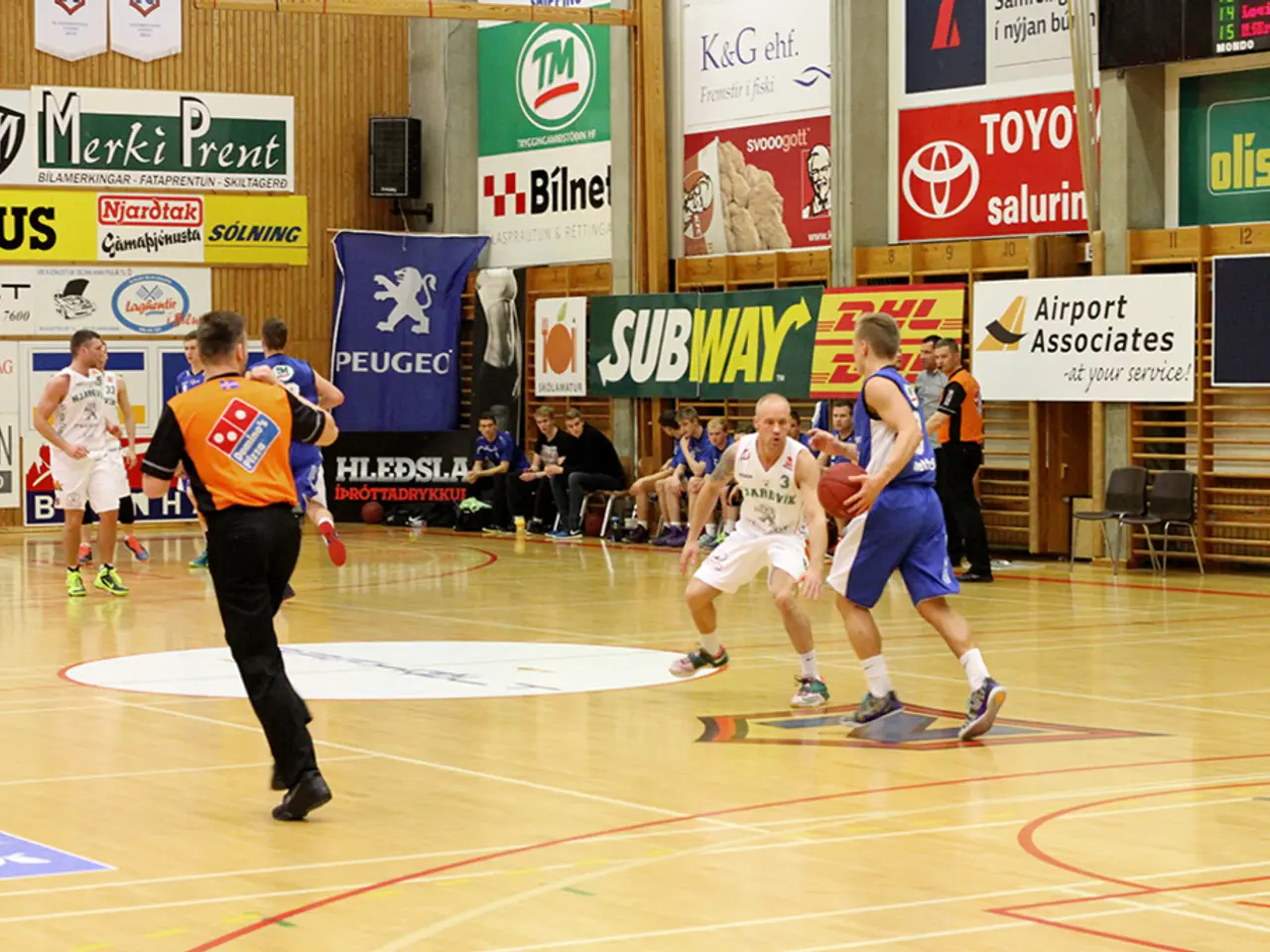Customs Officials in the U.S. Threaten Swiss Economic Instability
The U.S. tariffs on Swiss imports, set at 39%, are causing significant economic repercussions in Switzerland, particularly affecting industries such as gold refining and luxury watchmaking.
The increased tariffs have led to decreased competitiveness of Swiss goods in the U.S. market, which is Switzerland's most important trading partner. The steep tariff makes Swiss products relatively more expensive compared to goods from other countries under lower tariffs, such as the EU and UK.
The gold refining sector, significant for trade statistics due to the transport of small, high-value gold shipments, is facing severe challenges. The tariffs exacerbate existing cost pressures and thin profit margins in this sector, also affected by global events like transport disruptions in the Red Sea.
The Swiss watch industry, a high-profile segment, is also experiencing severe challenges. The 39% tariff notably raises costs for importing Swiss watches into their key U.S. market, likely reducing their sales and growth potential. This tariff rate is much higher than rates faced by competing watch exporters from Germany or Japan.
Although Switzerland has eliminated almost all tariffs on U.S. industrial goods unilaterally from January 2024, the U.S. tariff increase stems from perceived trade imbalances and stalled negotiations on trade deals. Switzerland aims to continue discussions to offer more attractive terms before the tariff fully takes effect, signaling ongoing diplomatic and economic friction.
In addition to the gold refining and watchmaking sectors, other Swiss manufacturers are facing diminished demand in the key U.S. market due to high tariffs. Swiss companies are among the world leaders in precision machines and components in certain areas, but may be at a disadvantage if competitors can offer cheaper prices due to high tariffs.
The canton of Neuchâtel, known as the cradle of Swiss watchmaking, produces brands like Omega, Longines, Tissot, and Audemars Piguet. More Swiss watches are exported to the U.S. than to any other country, with pieces worth 4.3 billion francs expected in 2024.
The industry association Swissmem of the tech industry warns of potential collapse of orders due to increased tariffs, while Economiesuisse, the industry association for the economy, warns of potential company bankruptcies and tens of thousands of job losses. The Kof estimates that a 39 percent tariff could result in a 0.3 to 0.6 percent decrease in Swiss GDP, with potential increases if the pharmaceutical industry is included.
Customers may have to pay increased prices for Maestrani chocolates due to tariffs, making them more expensive than U.S. or EU competitors. However, it's worth noting that gold is remelted in Switzerland with little added value, and the USA has a clear lead in the services sector, reducing the overall trade deficit.
The trade conflict risks lowering export volumes, squeezing profit margins, and forcing industry adjustments or negotiations to mitigate damage. Trump's calculation of a trade deficit with Switzerland is disputed, with the Swiss President calling it "absurd." Trump has welcomed the weakening dollar, stating it makes a "hell of a lot more money." Swiss watches are popular among the rich in the U.S., with Rolex, Breitling, Tag Heuer, and others being common among billionaires.
In conclusion, the 39% U.S. tariff on Swiss imports imposes a heavy economic burden, disproportionately impacting gold refining and luxury watch sectors, which rely strongly on the American market. This trade conflict could have far-reaching consequences for the Swiss economy, potentially leading to job losses, decreased competitiveness, and reduced export volumes.
Swiss companies, renowned for their precision machines and components, may struggle in the U.S. market due to increased tariffs, as they could face cheaper competition from other countries. The high demand for Swiss watches, particularly luxury brands like Rolex, Breitling, and Tag Heuer among U.S. billionaires, might not be sufficient to counteract the negative impact of the 39% tariff on sales and growth potential.







